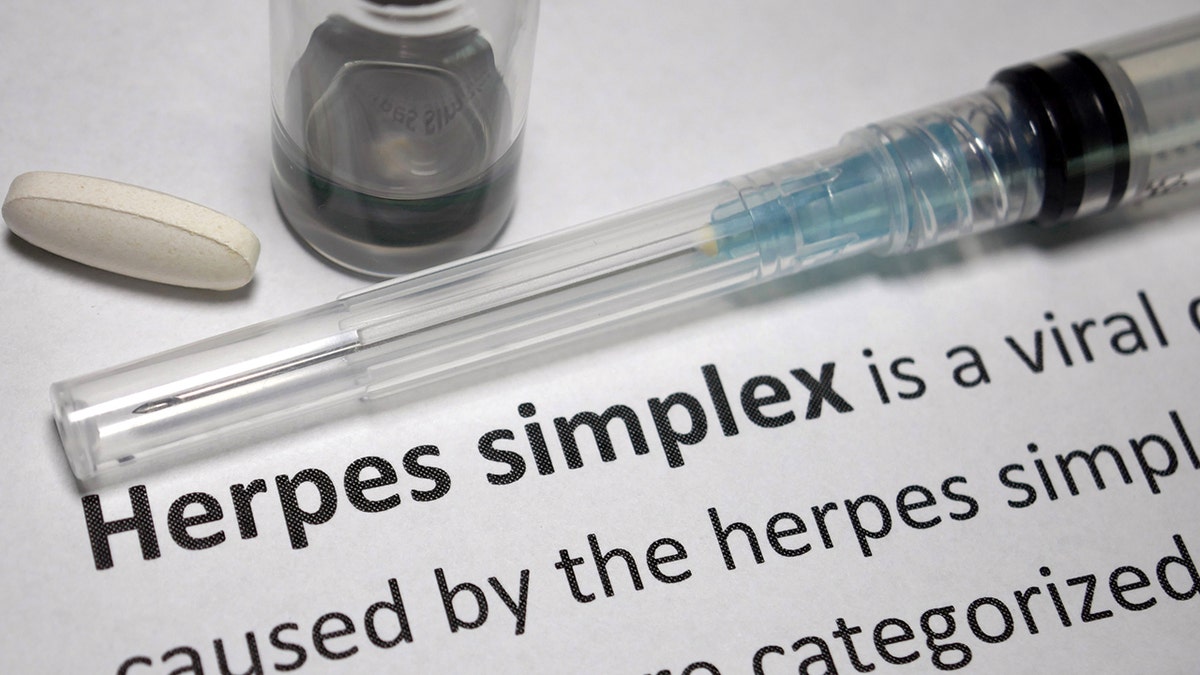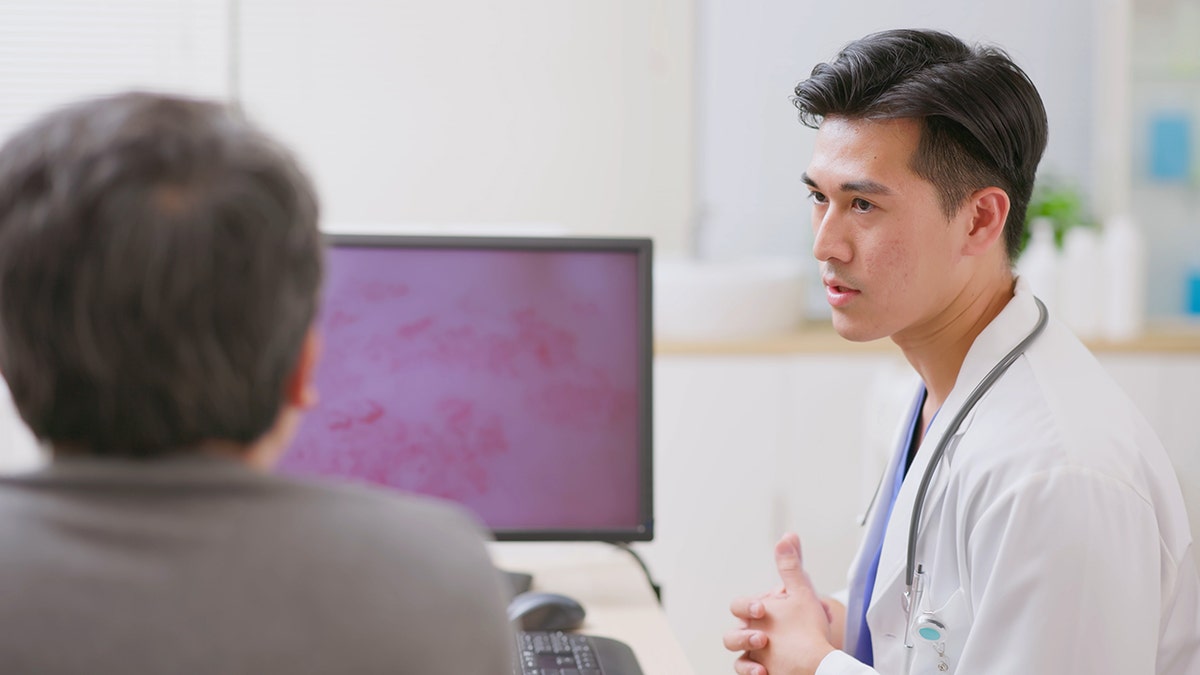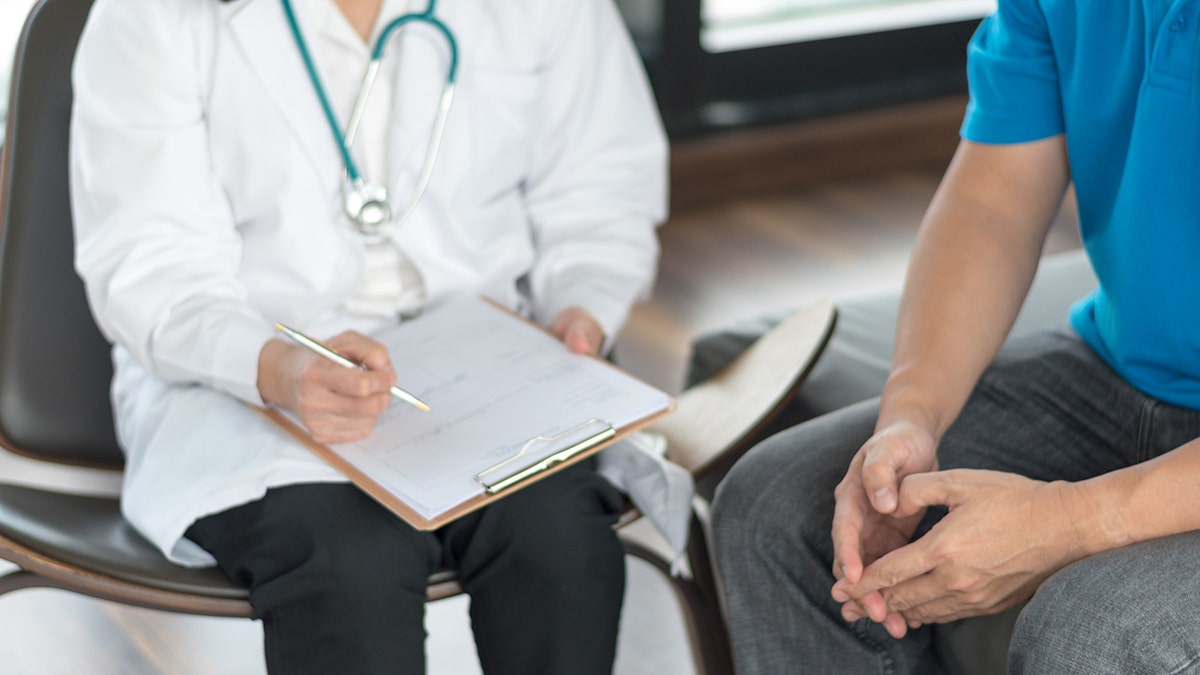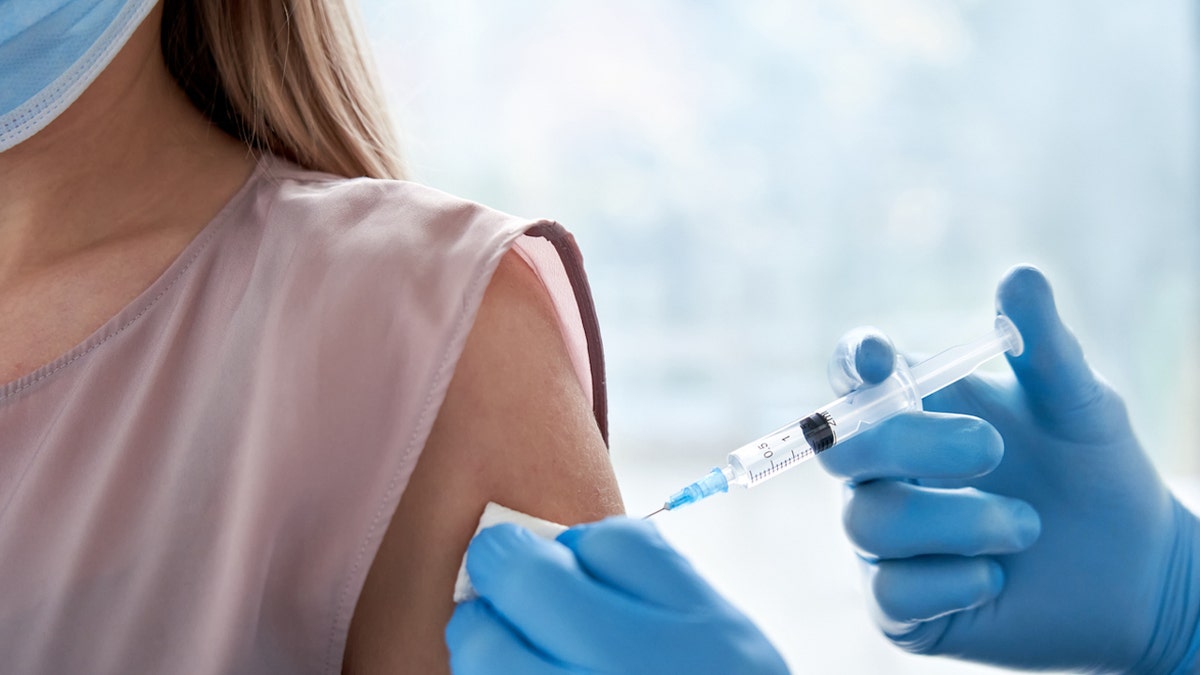[ad_1]
The increase in sexually transmitted infections (STIs) continues to be a threat.
The prevalence of one particularly incurable sexually transmitted disease – genital herpes virus (HSV) types 1 and 2 – is at a high worldwide, according to a new study published in the BMJ Journals Sexually Transposed. Infections
An estimated 846 million people between the ages of 15 and 49 (more than one in five) were living with a genital herpes infection as of 2020.
Surveys have found that more than half of Americans with STDS were infected by a cheating partner.
The World Health Organization (WHO) confirms that at least one person is infected every second, or approximately 42 million people per year.

Although HSV-2 decreased slowly, genital HSV-1 increased. Even though it doesn’t cause much of a burden. said one expert. (Istock)
Researchers from Weill Cornell Medicine, Qatar, noted that both types of HSV infection are life-threatening and can cause symptomatic genital ulcers (GUC).
The researchers said HSV-2 “almost always” causes sexually transmitted genital infections, while HSV-1 primarily causes oral infections such as herpes, but can be spread sexually to cause Genital infections can occur.
Infection can cause painful blisters and genital sores. It occurs repeatedly at regular intervals throughout life. Data shows that in 2020, more than 200 million people in the same age group suffered from pain at least once.
Testosterone therapy may help increase women’s libido as they age. But experts say there are still risks.
Not all cases of HSV are symptomatic, which makes transmission more likely.
The researchers concluded that The “high incidence and prevalence” of HSV worldwide necessitates new prevention and treatment measures, such as vaccines, to control the spread and reduce the disease burden.

An estimated 846 million people between the ages of 15 and 49 were living with genital herpes infection as of 2020. (Istock)
Study co-author Laith Abu-Raddad, a professor of health care policy and research at Weill Cornell Medical College in Qatar, highlighted the impact of HSV.
“Symptomatic genital herpes poses a significant global burden. It affects 200 million people annually and imposes significant economic costs. It’s estimated to be worth $35 billion a year. due to health care costs and lost productivity,” he wrote in a statement to Fox News Digital.
First home syphilis antibody test authorized by FDA due to unusual cases in the United States
“Addressing this urgent health challenge requires fundamental solutions,” Abu-Raddad continued.
“The development of a vaccine that can protect against the HSV-1 and HSV-2 viruses that cause genital herpes. This is an important step in controlling this infection on a global scale.”
Healing the incurable
There is currently no cure for HSV, although there are treatments to help manage symptoms.
STDs can also lead to serious complications, such as neonatal herpes. which can be transmitted from mother to child during childbirth
HSV-2 accounts for 90 percent of symptomatic episodes. and is linked to a significantly higher risk of HIV infection. According to WHO

HSV can cause painful blisters and sores that may occur periodically. According to experts (Istock)
Dr. Gabe Gaviola, senior medical director of Everlywell in New York, an at-home STD testing and treatment platform Addressed his concerns about increased risk.
“HSV is highly contagious and often causes no symptoms. This means that many people may be spreading the virus without knowing it,” said Gaviola, who was not involved in the study. told Fox News Digital “This makes prevention and early diagnosis more difficult.”
This is because syphilis cases are skyrocketing in the United States. Here’s what infectious disease experts want you to know.
“There is continued stigma associated with genital herpes. This may discourage individuals from seeking treatment or disclosing their herpes status to a partner. This leads to further spread.”
Gaviola emphasizes how HSV infection can increase the risk of contracting other sexually transmitted diseases due to “blisters and skin barriers,” which makes it “even more important to seek testing and appropriate treatment”

“New information in this study highlights how prevalent HSV-2 and HSV-1 are. with millions of new and existing patients each year,” said one doctor. (Istock)
“The high rate of spread Especially among individuals aged 15 to 49 years, this is due to a lack of public awareness. protection effort and access to testing and treatment,” he said.
For those with Gaviola symptoms, it is recommended to get regular screenings and be open with sexual partners to reduce the spread.
For more health articles, visit www.foxnews.com/health.
“Safer sexual practices. Including the use of condoms and antiviral treatment for people with HSV can help reduce HSV transmission,” he added.
Although HSV outbreaks can be controlled, and may become less frequent or less severe over time. But flare-ups can occur during times of stress or illness, according to Gaviola.

Experts explain that the nature of HSV makes it difficult to identify a cure. (Istock)
HSV remains dormant in nerve cells after initial infection, which makes it “extremely difficult to completely eliminate from the body,” he said.
“It can be reactivated at any time. Often without warning,” he warns. “This dormancy also allows the virus to evade the immune system. This prevents the body from getting rid of the infection.”
“It can be reactivated at any time. Often without warning.”
“Although there is still no cure, But progress in developing vaccines and antiviral treatments is promising,” he said.
“Public health measures to reduce spread and improve treatment are critical to managing the global HSV burden.”
Click here to subscribe to our health newsletter.
Dr. Anna Wald, Professor of Medicine Laboratory medicine and epidemiology at the University of Washington. noted that the nature of the herpes virus The same is true for chickenpox and shingles. This makes developing treatment methods difficult. Although early stage clinical trials are still underway.

According to Wald, there have also been unsuccessful attempts to develop a preventative HSV vaccine. (Istock)
“(A) treatment will likely require gene therapy. This is a potentially risky approach for non-fatal diseases,” said Wald, who was not involved in the research. told Fox News Digital “So progress is slow.”
There have also been attempts to develop a vaccine against the disease but have failed. As specified by the doctor
CLICK HERE TO GET THE FOX NEWS APP
“Testing vaccines for protection is very expensive. But there are some new vaccines that will hopefully be trialled in the next few years,” she said.
“In my opinion Vaccination is the best approach. But we still don’t know how to create a vaccine that will work. And vaccine testing is a long and expensive process.”
[ad_2]
Source link



